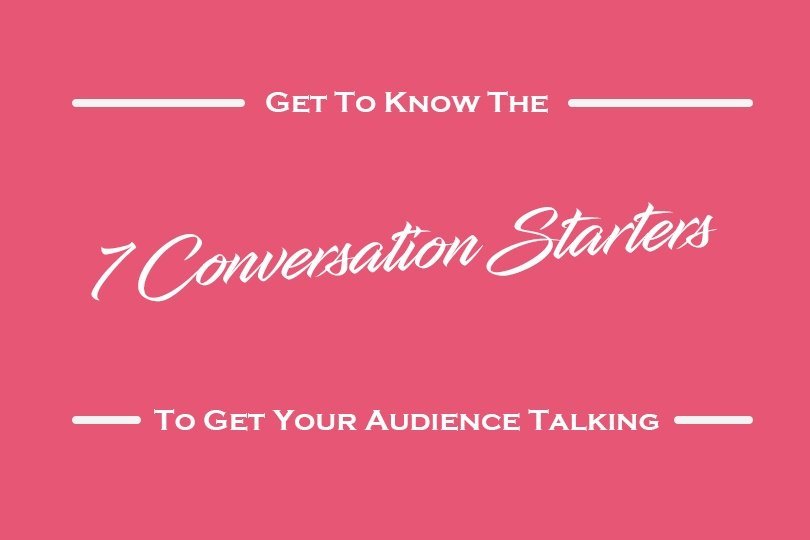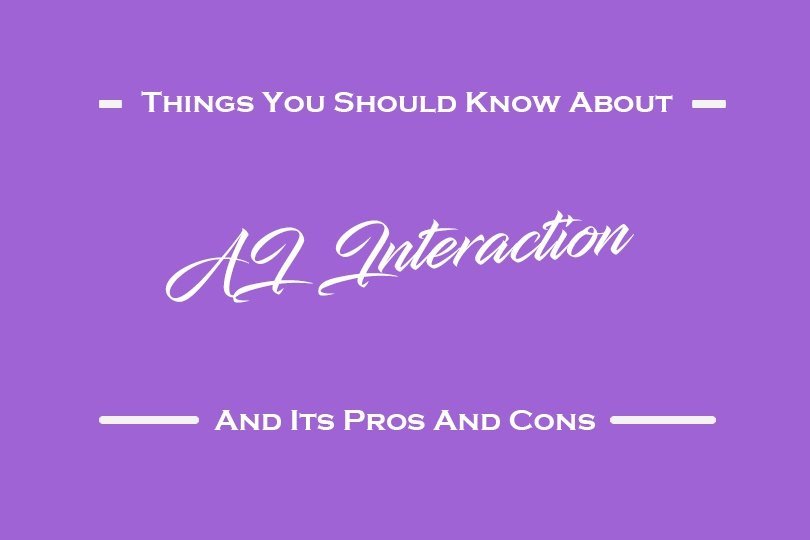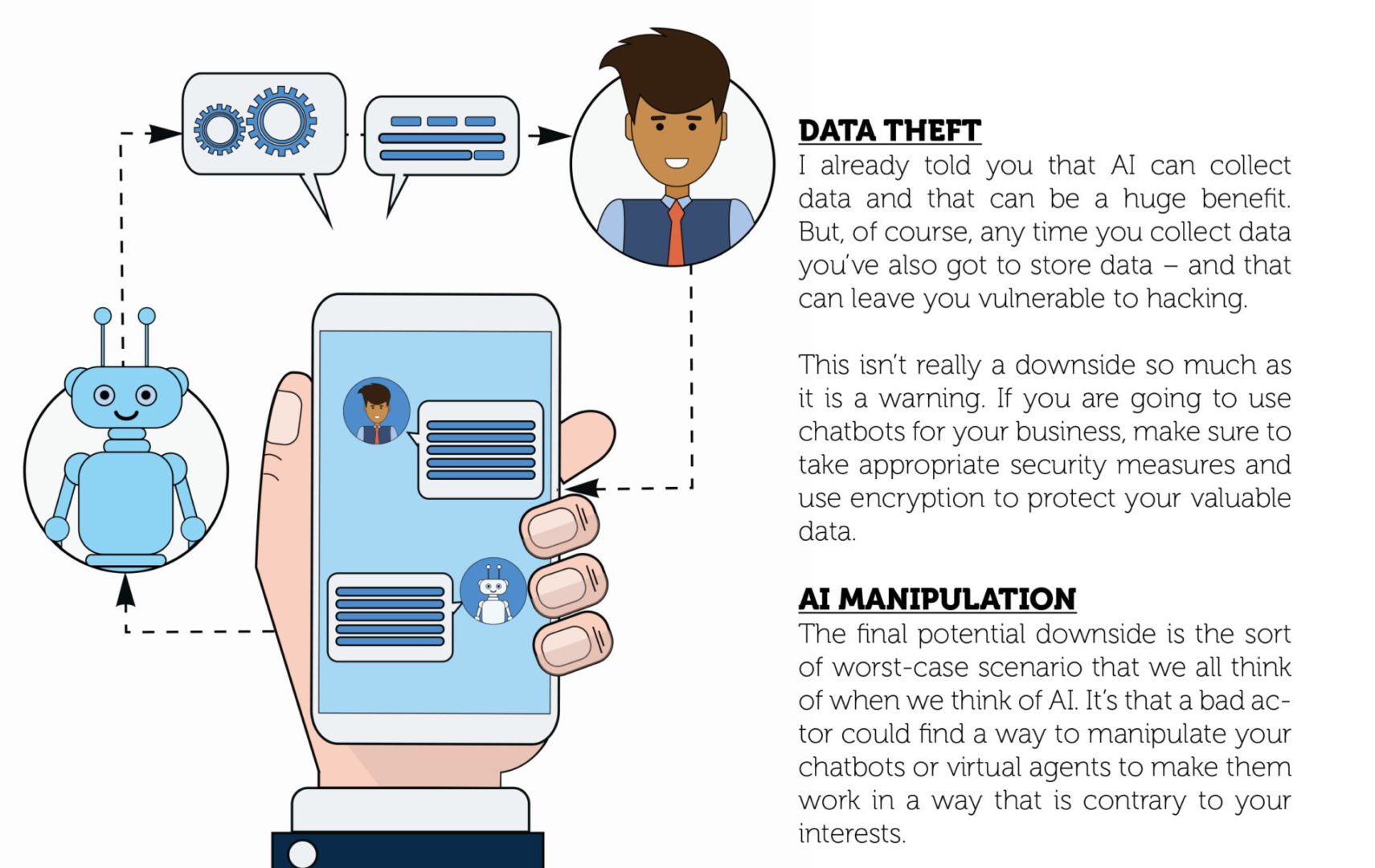
Here’s Why Your Business Isn’t Growing!
Your business is in a rut.
And guess what? Even if it isn’t right now, it will be some day. It happens to every business. The marketing techniques that worked last year, or last month, are no longer as effective as they used to be. You try everything you can think of, but it doesn’t work.
You’re stuck.
But, the good news is that it doesn’t need to be that way. When your business gets stuck and stops growing, there are things that you probably aren’t doing that you can do to kick things back into high gear.
Ready to get things going again? Here are some of the most common things that cause business to stagnate.
You Don’t Have an Email List
This one’s a biggie for me – so much so that one of the first questions I ask new clients is:
Do you have an email list?
I’m always amazed when people don’t. It’s so easy to do and email marketing earns great returns. There’s really no excuse for skipping email marketing as a method of growing your business.
And, here’s the thing. It is very easy to build a list. All you need to do is come up with a lead magnet that’s designed to appeal to your target audience. It could be a short report or eBook, a cheat sheet, a tip sheet, a value-packed video, or even a template.
Then, you create a landing page around your cheat sheet, advertise it, and boom! You’ve got an email list.

You’re Dialing in Your Marketing Strategy
Let’s face it – most small business owners don’t have a ton of time for marketing. They might set aside an hour or two to deal with it each week, but it’s often the first thing to get pushed aside when time is tight.
I get why that is, but it’s a mistake. A big one. Why? Because marketing is one of the best ways to engage with your existing customers and attract new ones.
If it’s been a while since you revamped your marketing strategy, here are some tips to help you get back on track.
- Analyze your current marketing campaigns to see which ones have stopped working. If you’re not getting a great conversion rate, then keeping a campaign running is a waste of your money.
- Come up with some killer content that’ll appeal to your target audience. It could be a video, a blog post, or an infographic. Just make sure that it’s irresistible and actionable.
- Build a marketing campaign around your new content. Use whatever platforms will allow you to reach your target audience. They could include Facebook ads, Google AdWords, or even native advertising.
- Test each element of your campaign and track the results. Testing can be time-consuming, but it’s truly the best way to fine-tune your campaigns until they’ve delivering the results you need.
Most importantly, make tracking your campaigns an ongoing concern. When a campaign stops delivering stellar results, make a change immediately.
You Don’t Have a Referral Program
If you’re not asking your existing customers for referrals, you’re making a big mistake. Referrals are a great way to attract new customers. They’re free (or pretty close to it) and they allow you to turn your valued customers into ambassadors for your brand.
It doesn’t take much to create a successful referral program. You’ll want to start by deciding how to incentivize referrals. Your customers are more likely to help you out if there’s something in it for them. It could be a free product, a discount on your services, or even a cash incentive. Figure out what’s most likely to appeal to them.
Then, you’ll need to tell your customers about the referral program. If you have employees, get them involved. Make sure every one of your existing customers knows about the program. Then, when you get new referrals, make sure to deliver your incentives immediately.
Your Brand Messaging isn’t Consistent
What do people think of first when they hear your brand name? If you’re not sure what the answer to that question is, it’s a sign that your brand messaging is falling short of the mark.
Consistent brand messaging is one of the cornerstones of great marketing and business growth. If your brand message is diluted, then it’s time to tighten it up.
Let’s start with some of the most common ways that a brand message gets diluted:
- Your brand message has evolved but you haven’t had the time, money, or inclination to update your website to reflect the changes.
- You’ve updated your website but haven’t bothered to update your social media pages and other online content to match.
- You’ve added new products that have expanded your brand beyond what your website says.
The key is to identify how your brand has changed, refine your message, and then standardize your branding across all platforms.
You Aren’t Using Social Media to Your Advantage
How are you using social media? If you’re not regularly getting leads from social media, then you’re probably not using it to your best advantage.
Your social media posts should be engaging and shareable. That means that you can’t simply post a sales pitch and call it a day. Your social media content must be:
- Tailored to your target audience
- Valuable and actionable
- Designed to be shared
Every post you put out should include a specific call to action. Not every CTA should be sales-oriented. Some can encourage readers to comment or share your content. The key is to use every social media post as a way of expanding your reach and attracting new customers.





























